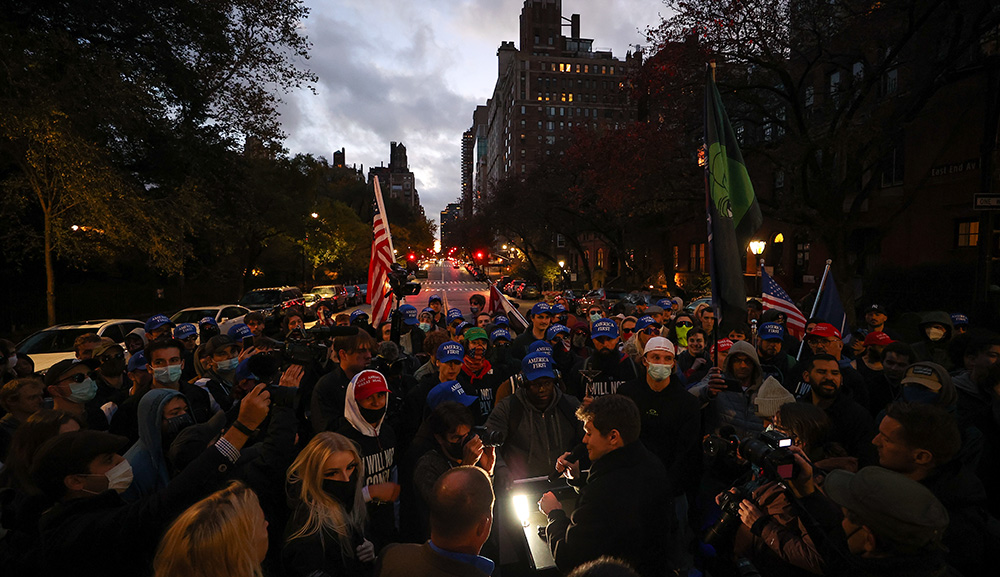Avrom Rives left his native Poland for Palestine in the 1920s and made a name for himself as an author of short stories in Yiddish. His 1947 novella Iberflants (“Transplant”) tells the story of a group of young kibbutzniks. An excerpt has recently been translated into English:
Hills and mountains rolling into rough marshy plains unfolded into the distance; behind them, more stretches of land led all the way to the wadi. It was land that rustled with the sounds of galloping wheels and bouncing melodies, sounds that came from the concealed creases and crevices of the barren land.
At the sloping base of the heights, young people hammered stakes and poles into untouched earth that was still covered in wild grasses and peculiar herbs. With every crack of the hammer, grassy roots leaped into the humid air. Men who were hungry after a day’s toil tugged at thick ropes, the palms of their hands splitting and cracking under the strain. They were occupied fastening tarpaulin sheets to tent poles.
“The hammer, Siyomke, pass it over. Can’t you see I’m losing my grip here?”
“That’s how it goes, comrade. Pull on it!”
Kneeling down, young people busied themselves with the poles and the edges of the tarpaulin tents. Struggling against the hostile winds that pulled and slapped hard against the sheets, they tied the stubborn rope to the earth; the wind whistled furiously in protest.
More about: Avrom Rives, Israeli literature, Kibbutz movement, Yiddish


